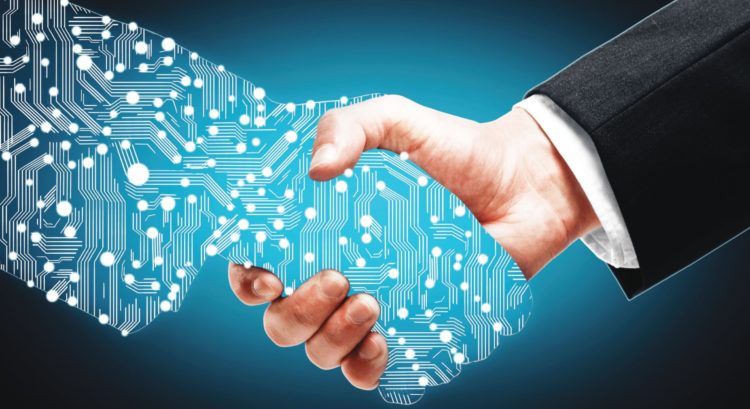Guest post: The future is now: tech meets law in 2018

Published:

Ever since the industrial revolution, the rate at which technology develops is rising with no signs of stopping. This rapid pace of innovation has had a drastic impact almost every profession, changing the nature of some, phasing out others, and creating new ones overnight.
Among them, the practice of law has always been an area of human enterprise which was slow to adapt to legal technology. Ultimately, the creation and application the of law have always been understood as a matter of reaching a consensus through dialogue, which left little room technological improvement in any significant way.
While there is a case to be made that not much has changed in this regard in recent years, certain technological developments have been making their way into the traditionally conservative field of law.
The areas in which new technologies have found most application are those of legal research, administrative work and advanced AI assistance. While the core competencies of a lawyer are still the same as they have always been, for the most part, technological improvements in the above-mentioned areas have the potential to make the practical side of their work much more convenient. As experts from Withstand lawyers have put it: “Keeping up with new technologies is a prerequisite for running a successful legal firm in the modern age.”
Databases for Legal Research
A significant portion of legal work involves doing research in order to obtain all the necessary information pertaining to a case. Traditionally, this process involved visiting archives and libraries in person to consult books, documents, case files, newspaper articles, etc.
While these activities are still a part of daily legal practice, the emergence of digital databases in the late 60s had the effect of speeding up the research process significantly. The internet revolution took things a step further, allowing law firms to search and browse needed information almost instantly.
There are now multiple free-to-use as well and commercial online databases on the market such as Australasian Legal Information Institute or Lex Machina which provide access to a wealth of relevant data. Cutting down on busywork involved in research has had a net positive impact on the legal profession as a whole, allowing experts to focus on what they were trained to do in the first place.
Software Solutions for Efficient Administration
Legal work by definition includes going through a lot of red tapes. Documents need to be drafted and signed at every junction in the legal process, the relevant information has to be stored in databases, and all of these proceeding need to be recorded and administered for future reference.
Fortunately, software management and automation solutions have steadily been improving over the years, simplifying and streamlining administrative work to a large extent. Management tools like Clio are used for document storage, billing and accounting. Services like Signable focus on providing business solutions for particular elements of legal work, in this case, electronic document signatures. Finally, developments in the area of natural language generation have made it possible to automate the creation of many kinds of documents, producing text that is indistinguishable from one created by real writers.
There are even instances where clients have reported that they prefer documents written by these algorithms, as they are usually more consistent than does drafted by actual people. Technological improvements such as these are quickly becoming indispensable for any serious law firm.
Advanced AI Algorithms
The most exciting application of legal technology has to be the use of artificial intelligence for tasks previously reserved for human actors. Through a process called machine learning, specialized applications are tasked with producing a certain kind of result based on a given data-set, but without explicit instructions on how to do so.
Through trial and error, these applications eventually figure out the most efficient way to obtain the desired results. An example of how this legal technology can be applied in practice is predicting the success rate of a given case, based on machine analysis of a large number of similar cases. Projects of this sort have already been successfully demonstrated in practice, so it is just a matter of time before they become more widely available for commercial use.
While the notion that lawyers might become obsolete as a result of ever-more sophisticated A.I. might give legal experts a cause for concern, the reality is that the brunt of legal work is still based on direct human to human interaction.
New technologies have the capacity to thoroughly change the landscape of legal work. Online services, software suits and A.I. assistants are the first steps in the forthcoming process of integration of legal technology. Keeping up with developments in this emerging field is quickly becoming mandatory for law firms that wish to stay relevant in coming years.